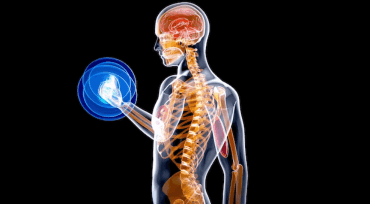Question
a.
It serves as a benchmark for past experience
b.
It helps derive suitable adjustments for standard tables
c.
It aids in monitoring trends and identifying corrective actions
d.
All of the above
Posted under IC 92 Actuarial Aspects of Product Development
Interact with the Community - Share Your Thoughts
Uncertain About the Answer? Seek Clarification Here.
Understand the Explanation? Include it Here.
Q. How is the Actual vs Expected (A/E) analysis used in experience analysis?
Similar Questions
Explore Relevant Multiple Choice Questions (MCQs)
Q. Why is it important for insurance companies to monitor actual compared to expected experience?
View solution
Q. In addition to responding to adverse experience, what proactive approach do insurance companies take in managing their operations?
View solution
Q. How does analyzing past experience contribute to making more informed decisions about pricing and reserves adequacy?
View solution
Q. What is the primary requirement for data used in experience analysis?
View solution
Q. Why is consistency important in data for experience analysis?
View solution
Q. What is a potential problem with grouping data into too many groups?
View solution
Q. What should remain stable over time to ensure the validity of grouped data in experience analysis?
View solution
Q. What is an upper limit on the time interval for conducting mortality investigations?
View solution
Q. What is the first step in deriving assumptions for mortality or morbidity studies?
View solution
Q. Why is the time period important in collecting data for mortality or morbidity studies?
View solution
Q. What is the recommended time interval for mortality analysis?
View solution
Q. Which source is considered the best for mortality or morbidity data?
View solution
Q. Why should the period of investigation not be too large for mortality analysis?
View solution
Q. What are some factors considered for grouping data in mortality or morbidity analysis?
View solution
Q. How is the expected experience calculated in mortality or morbidity analysis?
View solution
Q. What does "Actual vs Expected (A/E)" represent in mortality or morbidity analysis?
View solution
Q. What is the credibility analysis in mortality or morbidity analysis?
View solution
Q. How are mortality or morbidity assumptions typically represented in practice?
View solution
Q. What does credibility analysis in mortality or morbidity analysis primarily focus on?
View solution
Q. How is the credibility factor calculated in mortality or morbidity analysis?
View solution
Recommended Subjects
Are you eager to expand your knowledge beyond IC 92 Actuarial Aspects of Product Development? We've handpicked a range of related categories that you might find intriguing.
Click on the categories below to discover a wealth of MCQs and enrich your understanding of various subjects. Happy exploring!








